Before You Build Your Site, Define Your Brand
One of the biggest mistakes people make when building a website is designing the site before they actually know who they are as a company.
Considering who you are as a brand, identity, or company is an important first step to make before you invest in building out your website.
Why? Because building out a website is a big time and money investment. Your homepage serves as the first impression most people will have of your company. It’s like your business card, storefront and staff, and personality all wrapped up in one.
Ensuring your first impression is conveying the right message will be key to your initial success. And it will also help you save some money by being a more long-term site that needs fewer revisions and redesigns down the road.
Following are some fundamental, and hugely important, questions to help shape your brand identity.
1. Who’s your target audience?
First, identify your audience. Your audience should reflect the kinds of people you want in your brand community—the people who “get” and like your style, voice and tonality. Research and identify these key points to develop your target audience:
- Demographics (age, race, gender)
- Geographics (is your audience regionally specific? global? local?)
- Psychographics (what type of information excites, delights, and entertains your group of people?)
Consider who your brand is selling to or engaging with. Are you selling to a younger crowd where new trends and avant-garde design would resonate? Perhaps a creative, video-based homepage would drive engagement.
Or are you more aligned with an older audience? This demographic might appreciate a classic website with a clear navigation bar and easy-to-find calls to action.
2. What Is your voice and tonality?
Defining your voice and tonality is a result of considering two important components: (1) your audience and (2) your brand’s expertise.
Your expertise informs much of the actual content and copy you produce. Call it the “what.”
This could include topics of interest, areas of educational pieces, and how you position the company’s leaders. Your expertise answers some of these questions: Will yours be an educational site? Non-profit or for-profit? Ecommerce?
Your audience informs everything else, including:
- Who you are talking to (the characteristics of your audience)
- Where you’ll publish information (Facebook, website, Twitter, Pinterest, mailers, tradeshow booths)
- How your information is built out (eBook, vlog, whitepaper? ecommerce site)
- Why you are creating content (personal pain points)
3. Who do you want in your community?
Consumers are engaged online and want to be a part of online communities. In fact, 25% of people choose to engage with brands because they want to join the brand community. Often, they want to align with the brand’s personality or viewpoints, and want to publicly demonstrate their association with those mores.
As you develop your brand identity, it’s important to identify who your ideal brand advocates are, because they can drive revenue, sales or buzz around your product.
- Brand advocates (28%) are 4X as likely as non-advocates (7%) to share information about products, brands, sales or stores online.
- Brand advocates are 75% more likely to share product information.
- Brand advocates are 50% more likely to influence a purchase.
Identifying who your ideal brand advocates are can tighten your vision of your website. How can your site engage these people? How can you provide information or content these people can share to their networks? How are you going to get them new information? Do they need to subscribe to a newsletter? That might be a function you need to build into your site.
4. Finally, what does your brand stand for?
This is the final fundamental question that informs a site’s branding. What are your value propositions and moral codes? What does your brand stand for that your buyers, target audience, or brand advocates can rally behind? Anyone can publish a website, but companies such as Apple, Coca-cola, and Patagonia stand out and have become iconic because they have a strong understanding of who they are.
You’re almost ready to go.
By answering all the above questions, you’ll identify: (1) your target audience, (2) voice and tonality, (3) ideal brand advocates and online community, and (4) brand values and mores.
You’re off to a great start. All of this work will really speed up the process of development.
NOT A GOOD CONCLUSION
Give all of this information to your web developer, and they will be psyched. It helps them tailor your site to your needs, niche and expertise. Or, if you’re building your own site, use this as a framework for the color pallets, imagery, graphics, and language you choose to population the site.
Good luck, and go get ‘em!.

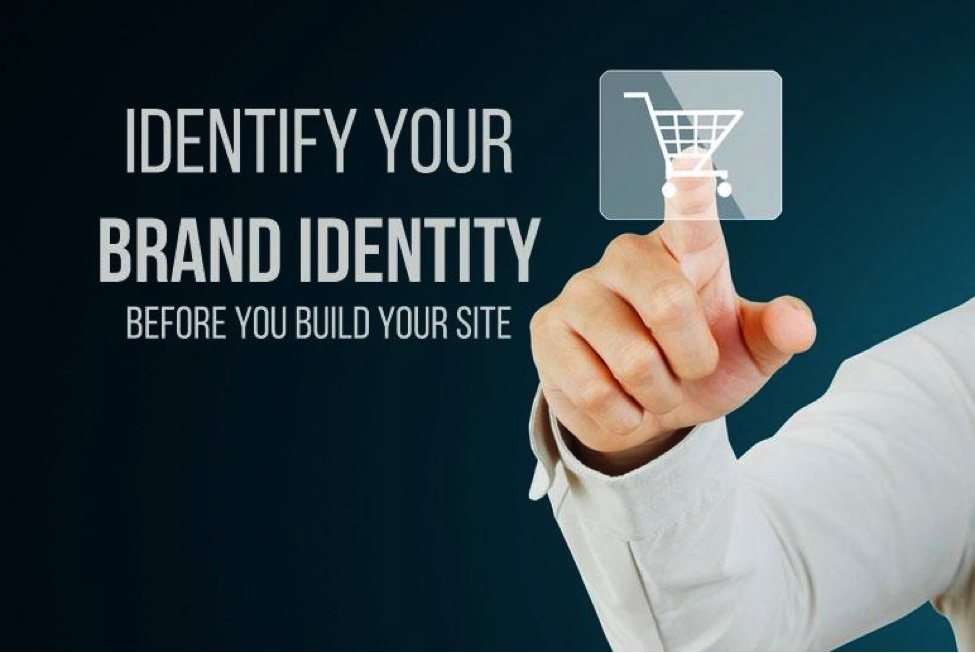
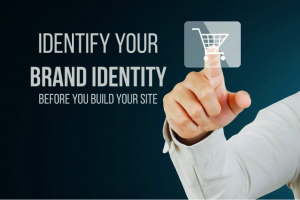





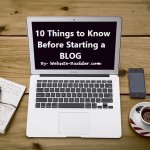

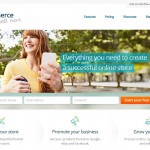




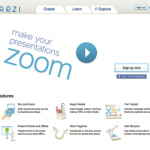
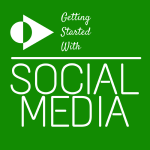




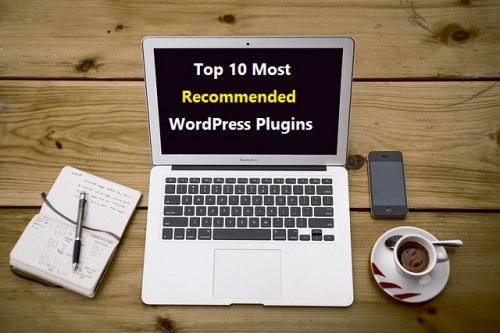
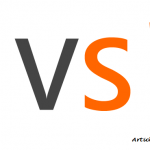
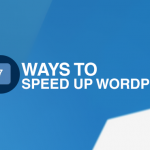


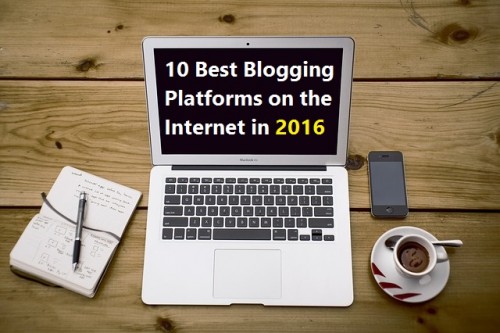
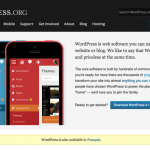
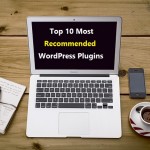


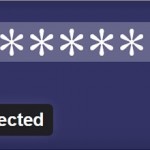

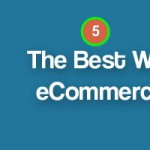
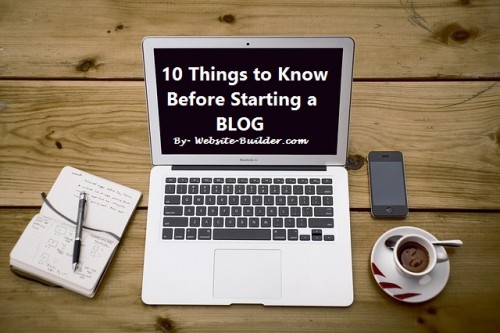
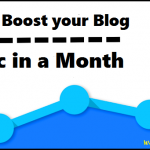
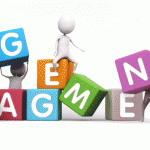

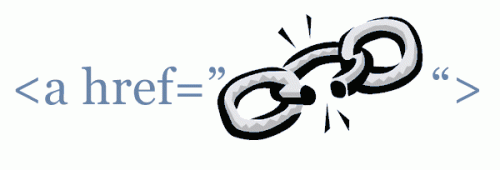
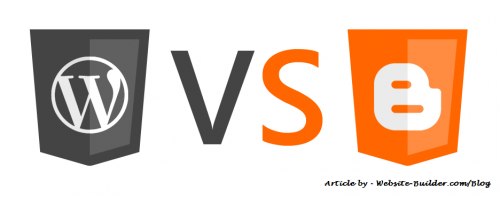
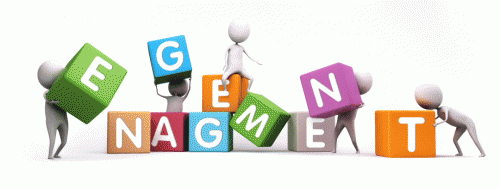
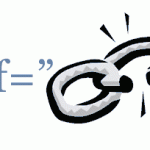
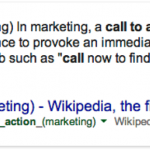
Leave Comment
Error